The problem with cooking venison is that the meat is very lean. If you like rare venison cooked perfectly, then sous vide is the answer. You end up with medallions of venison loin that are red on the inside, and seared with a torch on the outside. They are so juicy!
Some people will tell you that it is a good idea to add bacon to the venison. With conventional cooking methods, the fat in the bacon can help to keep the venison moist, but this is not necessary with sous vide cooking. Your venison will be lovely and moist without the bacon or any other fat.
Equipment
- Sous Vide Machine – our favorite right now is the Anova or the Joule.
- Container – not necessary, but nice to have for bigger cuts of meat. We recommend the Lipavi as it is large and sturdy. You can also use a pot.
- Vacuum sealer and bags, or a freezer Ziploc bag. If you only have a Ziploc make sure to check our our article on the water displacement method. You can find our favorite vacuum sealers here – 5 Best Sous Vide Vacuum Sealers (Reviews Updated 2021)
Sous Vide Venison Loin Cooking Temperatures And Times
For good sous vide venison results you can cook a 0.75 inch or 2 centimeter thick medallion at 130°F (54°C) for sixty minutes. If you want the venison to be really tender, and just as moist and tasty, cook at 131°F (55°C) for 6 hours.
Best Sous Vide Venison Loin Recipe (Or Venison Backstrap)
Is your mouth watering yet? Here’s the recipe for the best sous vide venison Deer loin you’ll ever have! Keep in mind you can achieve similar results for a backstrap.
Ingredients
The only ingredients that you require for this recipe are venison loin (enough for the number of people you are going to serve) and salt to season.
Preparation
- The first thing to do is to preheat your sous vide machine to the right cooking temperature. Please note that this is a recipe for rare venison. If you want your venison more “well done” then you will need to increase the cooking temperature above 131°F (55°C).
- While your water is heating up, you can cut the venison loin into individual medallions. It is not recommended that these be thicker than one inch (2.5 centimeters), as the cooking results will not be as good. You will need to increase the cooking time for thicker medallions.
- Once the meat is cut, sprinkle salt all over the medallions for seasoning. Coarse sea salt is recommended for this, but ordinary salt will work as well.
- It is now time to add the meat to a cooking bag. It is recommended to use sous vide grade cooking bags here and use a sous vide vacuum sealer. Because the meat is still cold, there will not be a lot of liquid so you can use an edge sealing vacuum machine for this.
- If the water is at the right temperature for cooking, you can then place the sealed bag(s) into the water bath and cook them for the desired time. When you cook for the longer period (6 hours) you will melt more of the collagen, and the venison will be extremely tender.
- You can experiment with different cooking times so that you end up with your venison cooked the way that you like it. The longer you cook the more tender that it will be. It is unlikely that you will ever overcook your venison when you use suvee cooking, but it is best not to go too far over the 6 hours for the best results.
- Once the cooking time has finished, you can remove the venison from the bag(s) and then prepare to sear the meat. There are a few ways that you can do this which include using the grill, a smoking hot pan or a sous vide torch. Sear both sides of the medallions.
- Once the searing is completed you can thinly slice the venison medallions and plate up.
If you are not intending to serve the venison straight away after cooking, keep the meat sealed in the bag(s) and place in the fridge. It will be OK for up to a week. You might want to chill the meat in ice water first before placing in the fridge.

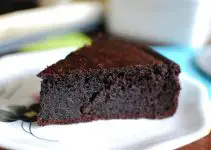
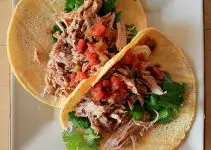
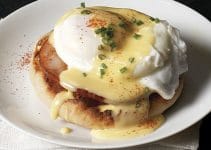
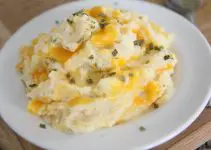
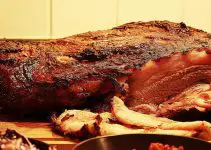
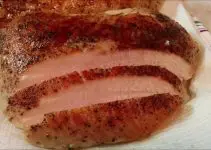
Hi Joe, Great site and information. The question I have is what is the textural difference in the longest cooking time to the shortest. Can you compare it for me as in a grilled rib eyes tenderloin or a center cut pork loin? Sorry if this is an odd question and i’m sure it would be great either way, but I do not want to experiment with my 2 backstrap’s and have it come out odd. I’m looking for a texture of a rare filet. Thank you for your time and knowledge.
Steven-Michigan
Steven
Thank you! If you are looking for closer to a filet texture I would recommend keeping the time in the Sous Vide under 2 hours.